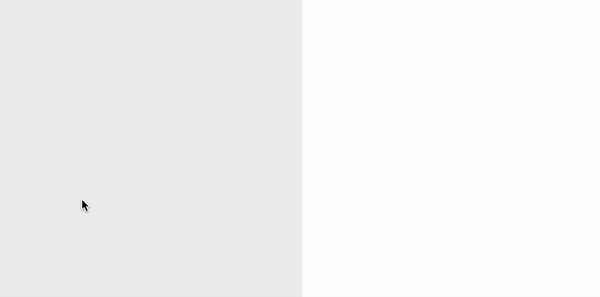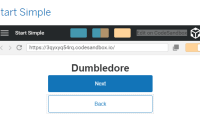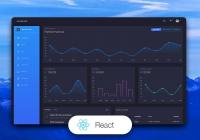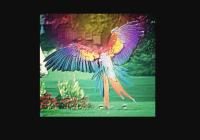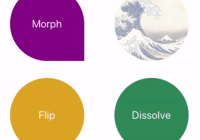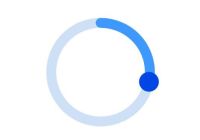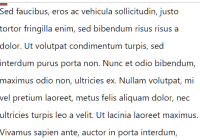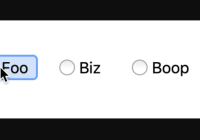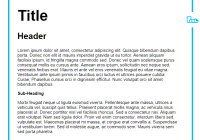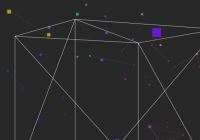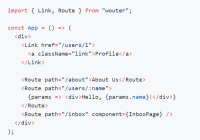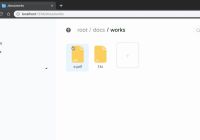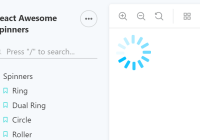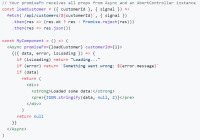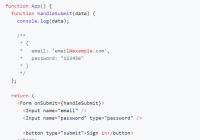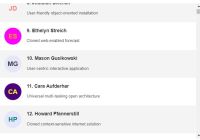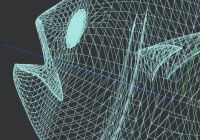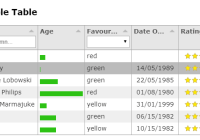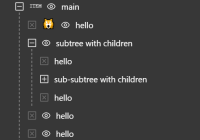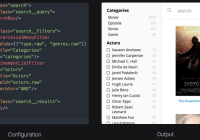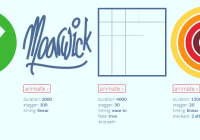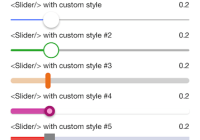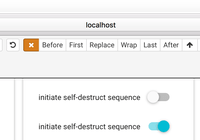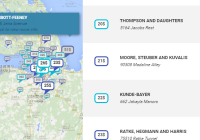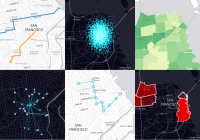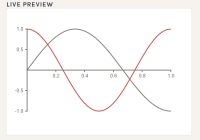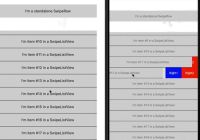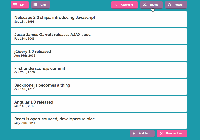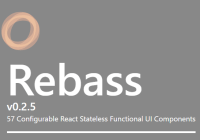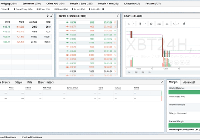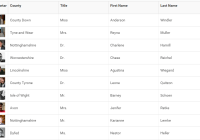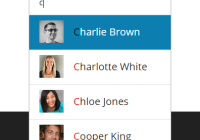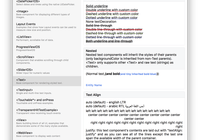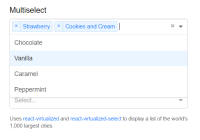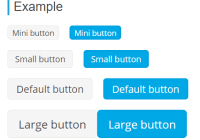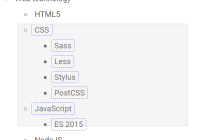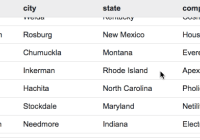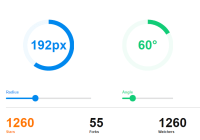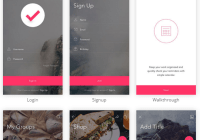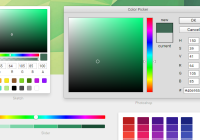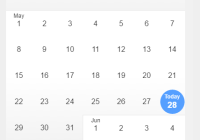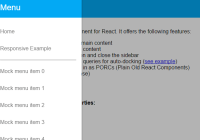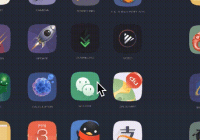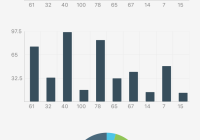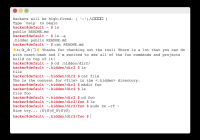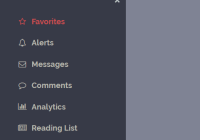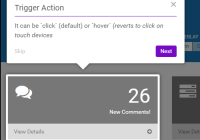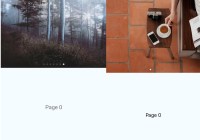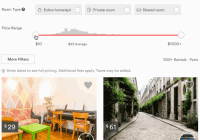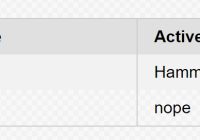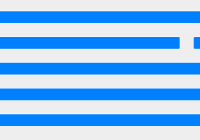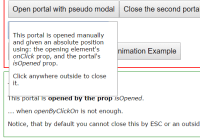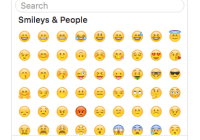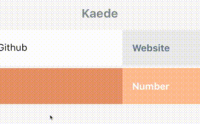react-path-recognizer
Demo
Installation
yarn install react-path-recognizer --saveBasic usage
Import the PathRecongizer component. PathRecognizer is a container, it requires a child element to capture mouse moves. PathRecognizer does not draw the moves, for a full drawing example, check the example/ folder of this repo.
import PathRecognizer from 'react-path-recognizer' export default class App extends Component { render(){ return ( <div> <PathRecognizer> <div style={{width:256, height:256, background:'lightgrey'}}/> </PathRecognizer> </div> ) } }Add some path model to the recognizer. Each path is defined by a direction-sequence and an associated data object (AnyObject).
models(){ return [ new PathRecognizerModel([7, 1], "A"), new PathRecognizerModel([2,6,0,1,2,3,4,0,1,2,3,4], "B"), new PathRecognizerModel([4,3,2,1,0], "C"), new PathRecognizerModel([2,6,7,0,1,2,3,4], "D"), new PathRecognizerModel([4,3,2,1,0,4,3,2,1,0], "E") ] }For example, here the model for the letter E :
Set the models and the onGesture prop on the PathRecognizer component :
<PathRecognizer models={this.models()} onGesture ={(datas)=>{console.log(datas)}}> <div style={{width:256, height:256, background:'lightgrey'}}/> </PathRecognizer>Note that onGesture({datas}) is always invoked at the end of the drawing. If no gesture is recognized, this parametter is null.
Custom filter
While adding a model, you can specify a custom filter (third parametter of PathRecognizerModel). The filter callback method, if specified, will let you a last chance to modify / analyze the datas to determine a new score.
For example, the letter D & P have a similar draw-direction-path, however you can discriminate each one by detecting the position of the last point (up -> it's a P, down -> it's a D). The PathInfos struct transmited to the filter function will help you to determine the new score.
filter(infos, model){ let lastPoint switch (model.datas){ case "P": lastPoint = [...infos.deltaPoints].pop() if (lastPoint.y > infos.boundingBox.top + infos.boundingBox.height * 0.6)return Number.POSITIVE_INFINITY return infos.cost case "D": lastPoint = [...infos.deltaPoints].pop() if (lastPoint.y < infos.boundingBox.top + infos.boundingBox.height * 0.6)return Number.POSITIVE_INFINITY return infos.cost } }For a full example, please consult the example folder of this repo.
API
PathRecognizer props
| name | type | default | description |
|---|---|---|---|
| sliceCount | Number | 8 | Resolution of the direction wheel |
| deltaMove | Number | 8 | Mouse move threshold (pixels) |
| costMax | Number | 32 | Max cost limit to detect a gesture |
| models | [PathRecognizerModel([Number], Any)] | [] | Models to recognize |
| onStartDraw | Function() | null | Invoked when the user mouse down the zone |
| onMovePath | Function([{x:Number, y:Number}]) | null | Invoked when the user move his mouse during a record session |
| onStopDraw | Function() | null | Invoked when the user mouse up the zone |
| onGesture | Function(datas:Any) | null | Invoked with the datas of the model recognized or null if no gesture is recognized |
Free path
In this sample project I've used the Graffiti alphabet for the didactic aspect. However, react-path-recognizer is a generic algorithm, you can add any free path to control an interface / game :
License
MIT © Didier Brun

